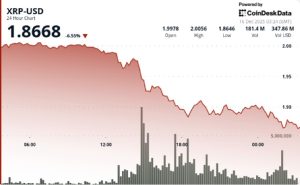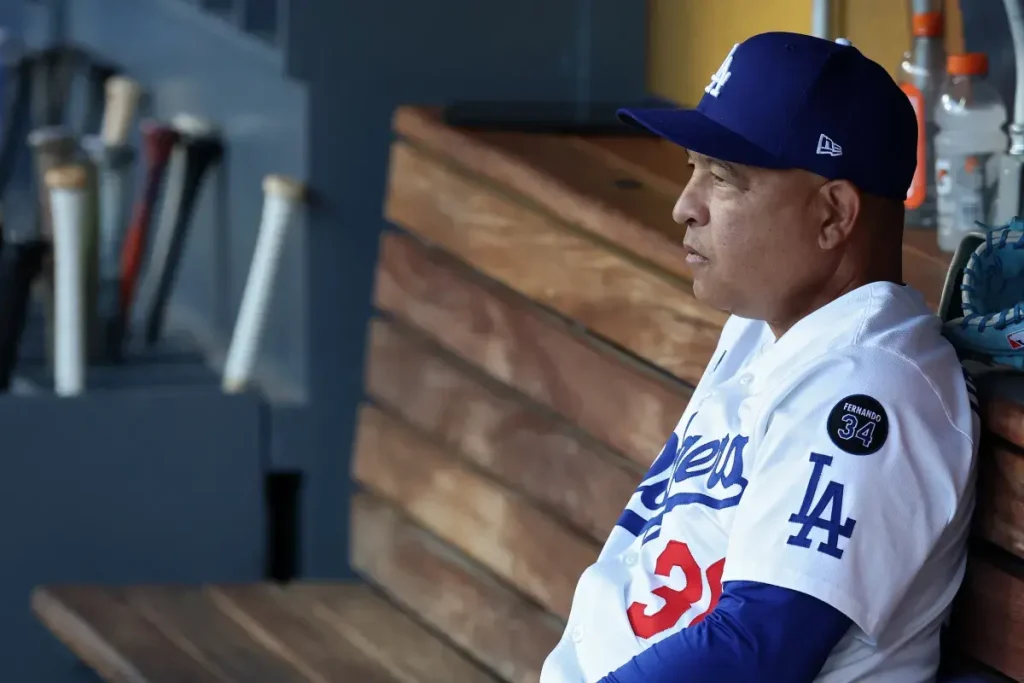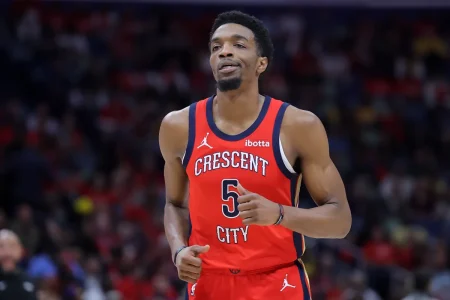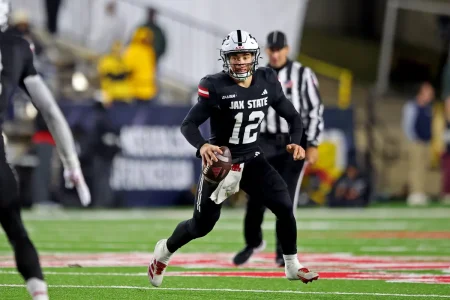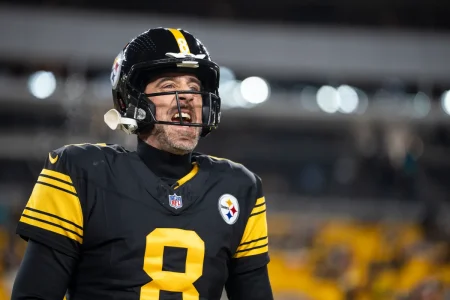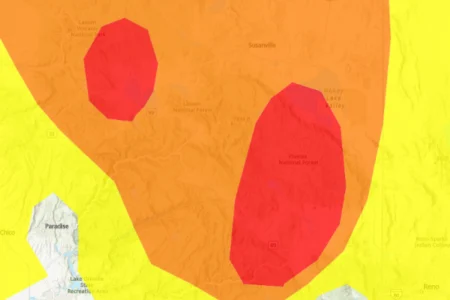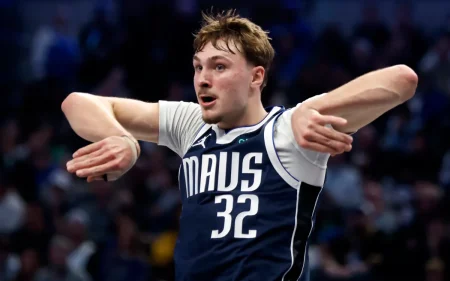Dodgers’ Lineup Shakeup Looms After World Series Game 4 Loss
In the wake of the Los Angeles Dodgers’ 6-2 loss to the Toronto Blue Jays in Game 4 of the World Series, manager Dave Roberts appears ready to make changes to a lineup that has struggled to produce consistently. The defeat evened the series and highlighted ongoing offensive issues that began in Game 3’s extra-inning battle. Despite the Dodgers’ formidable reputation at the plate, their performance has been underwhelming against a Blue Jays team operating with a depleted bullpen after the marathon 18-inning contest. While the top of the order has largely held their own, the bottom half has failed to generate the necessary production to sustain rallies and manufacture runs.
The most glaring struggle has come from rookie outfielder Andy Pages, who has fallen into a devastating October slump. With just four hits in 50 at-bats for a meager .080 batting average and an anemic .100 slugging percentage, Pages has become a virtual automatic out in a lineup that can’t afford such a liability at this critical juncture. By contrast, Alex Call has shown promise in limited opportunities, going 4-for-9 as a pinch-hitter, raising legitimate questions about whether he deserves an opportunity to start in this pivotal moment of the season. The stark difference in production has not gone unnoticed by Roberts, who acknowledged after Tuesday’s loss that lineup adjustments were forthcoming.
“I think so,” Roberts said candidly when asked if changes were imminent. “I’m gonna think long and hard, and it might look a little bit different tomorrow.” The manager revealed that he’s essentially deciding between three players for one spot in the lineup—Pages, Call, or veteran infielder Miguel Rojas. This decision carries significant implications for the team’s defensive alignment as well, potentially forcing other players to adjust their positions depending on Roberts’ final choice. “Essentially, it’s am I gonna play Andy (Pages), am I gonna play (Alex) Call, or am I gonna play Miggy Ro (Miguel Rojas)? So, just kind of trying to think through all that stuff and net it out and see what gives us the best chance tomorrow.”
The tactical options present interesting tradeoffs for the Dodgers. If Roberts opts for Rojas (who is 3-for-10 in the postseason), it would likely mean shifting Tommy Edman to center field while Rojas mans second base. This configuration would prioritize infield defense and veteran experience, potentially at the expense of outfield coverage. Alternatively, keeping either Pages or Call in center field would maintain outfield defensive integrity while gambling on offensive production—either hoping for Pages to break out of his slump or betting on Call to continue his small-sample success on the bigger stage. With the series now deadlocked, these seemingly small lineup decisions could ultimately determine the Dodgers’ World Series fate.
The dilemma facing Roberts exemplifies the challenging decisions managers must make in October baseball, when every at-bat carries enormous weight and player confidence becomes as important as statistical analysis. The Dodgers assembled one of baseball’s most formidable rosters, headlined by superstars like Shohei Ohtani (who recently made MLB history by surpassing Lou Gehrig’s record), yet find themselves struggling to generate consistent offense at the most critical time. While the top of the lineup has largely delivered, championship teams typically require contributions throughout the batting order, especially against quality postseason pitching that can neutralize even the game’s best hitters.
Whatever changes Roberts implements, the message is clear: the status quo isn’t acceptable with the championship hanging in the balance. The Dodgers’ offensive struggles have persisted despite the team’s overall success, and now with the series tied, there’s little margin for error remaining. Whether it’s inserting Call’s hot bat, hoping for Rojas’ veteran steadiness, or giving Pages one more chance to rediscover his swing, Roberts must find the right combination to reignite an offense that has the potential to be baseball’s most dangerous. As the series continues, this lineup decision could be remembered as either the spark that ignited a championship run or a missed opportunity in a season filled with tremendous promise.

